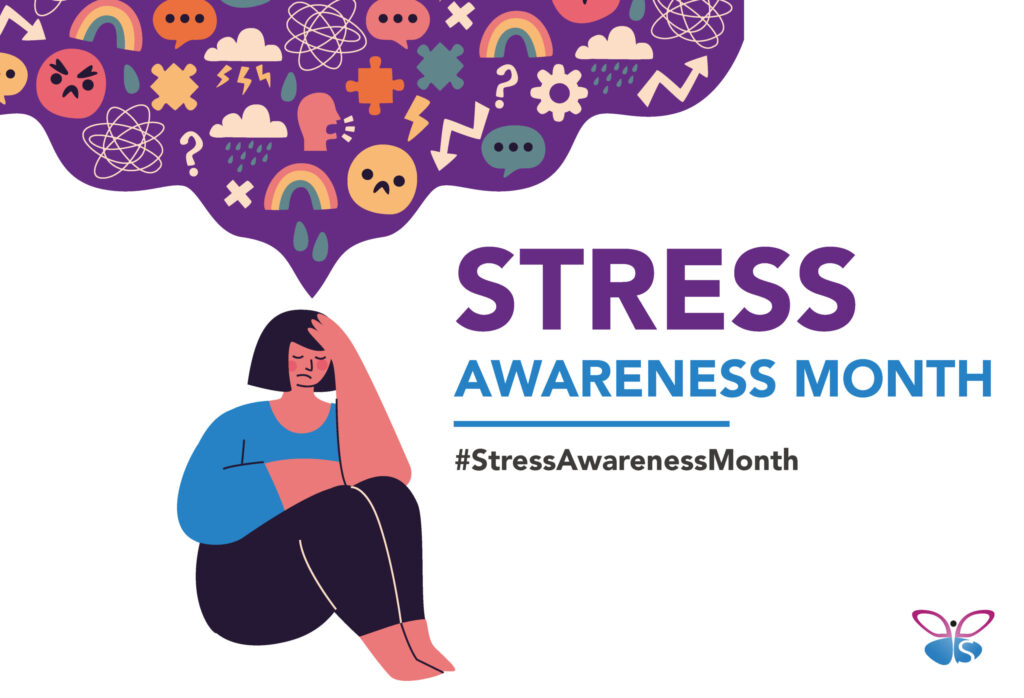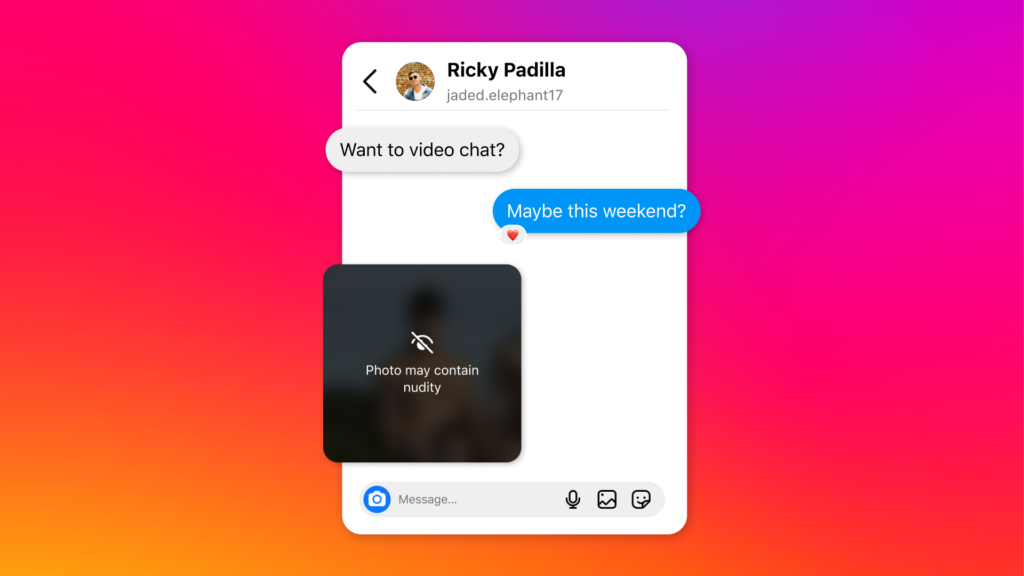April is Stress Awareness Month, a date inaugurated in 1992 to make everyone aware of how important it is to manage stress in order to maintain mental and physical health. Over time, the sources of stress have changed, and for over a decade now, some of the main drifts have been related to social media, which is worrying because they affect a large number of users, especially minors. It is not just a matter of bullying, violence, incitement to hatred or other terrible misdeeds because the list includes often underestimated ailments such as anxiety and tension, which are significant sources of stress. It is, therefore, crucial to learn how to manage tools and have a healthier relationship with digital spaces.
Digital well-being
Meta has gone to great lengths over the past few years to disseminate good conduct and offer useful tips to avoid traps associated with misuse of the medium. The most recent intervention by the company led by Mark Zuckerberg is aimed at curbing sextortion. It involves the application of a blurring on images shared in DM on Instagram that show nudity. Automated systems detect the offending images, and a filter obscures them. A way, the company explained, is to encourage people, especially minors, to think before sending or accepting this type of content, which, if it ends up in the wrong hands, can generate deception and blackmail.
There are so many companies, organisations and bodies that have analysed the most common wrongdoings on social media to provide advice on how to act in case someone tries to discredit the image or impose abuse on adults and minors. To prevent possible sources of stress, Kaspersky experts have compiled a list of five useful moves to reduce the negative impact of social networks and improve digital well-being. “Combining technology with conscious choices is the most effective way to safeguard mental well-being on social media. Improving user privacy and security, coupled with a mindful approach to digital engagement, is the right mix to transform the online experience from a source of stress to a positive interaction,” says Anna Larkina, Web content analysis expert at the computer security company founded in 1997.
Improve privacy
The first step in reducing unwanted interactions is to restrict the visibility of the profile and posts shared, then set up certain measures to protect personal information. This can be done by properly configuring account privacy, choosing who can view posted content and sending DMs privately. This avoids the possibility of strangers or users with bad intentions contacting you. It goes without saying that this is an effective solution to reduce potential threats such as stalking, identity theft, doxing and phishing scams.

Selecting connections and shares
The second point is to limit connections with those you know personally, which empowers you to close the door to scammers and malicious content. This control over your digital environment also means reducing the chances of coming across inappropriate photos or videos, such as scenes of violence or cruelty, which are almost always a source of discomfort. As much as curiosity drives new friendships and trends in vogue on the various platforms, selecting friendship requests guarantees a more positive and less traumatic online experience. At the same time, various social network tools allow you to group friends into smaller groups, with whom you may want to share content you do not want to make accessible to all your virtual friends.
Utmost caution
When receiving links from suspicious numbers on their phones, the vast majority of people have learnt not to trust them and therefore avoid clicking on them to see what happens. The concept must also apply to social networks, even when something arrives from a friend’s profile because there is always the risk that their account has been compromised. This does not mean that you should ignore anything you receive, but it’s crucial to exercise utmost caution to avoid nasty surprises, such as phishing attempts that, through deceptive sites almost identical to the official ones, invite you to reveal sensitive information, such as passwords, financial details and other personal data. To overcome the possible confusion that these types of online attacks generate, it is necessary to implement safe online practices, such as verifying the authenticity of websites before entering any information and using a comprehensive security solution.

No weak passwords
123456, admin, 12345678, 123456789, 1234, 12345, password, 123, Aa123456, 1234567890. These are the ten most frequently used passwords worldwide, which is a serious problem. Setting an ineffective password makes it easier for cybercriminals to gain unauthorised access to any account, including social media accounts. Being part of a person’s digital identity, tampering with a social profile can fool friends, who suddenly request money from known and theoretically credible names. This is why it is clear that a complex password is the first line of defence against cyber threats, one of the greatest sources of digital stress, to which financial and reputational damage is added in many cases.
Reporting suspicious activity
Social platforms are users’ allies in protecting their digital security, so reporting abuse or misconduct helps the platforms block perpetrators, reduce malicious actors and make the digital space healthier. In this way, in addition to protecting one’s data, one also contributes to the digital well-being of the entire community because reporting triggers the removal of illicit content and the implementation of new security features, which are useful in neutralising the development of new social phenomena and drifts.



